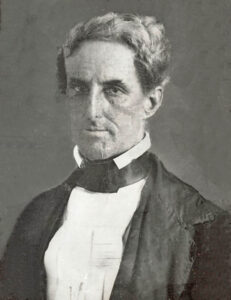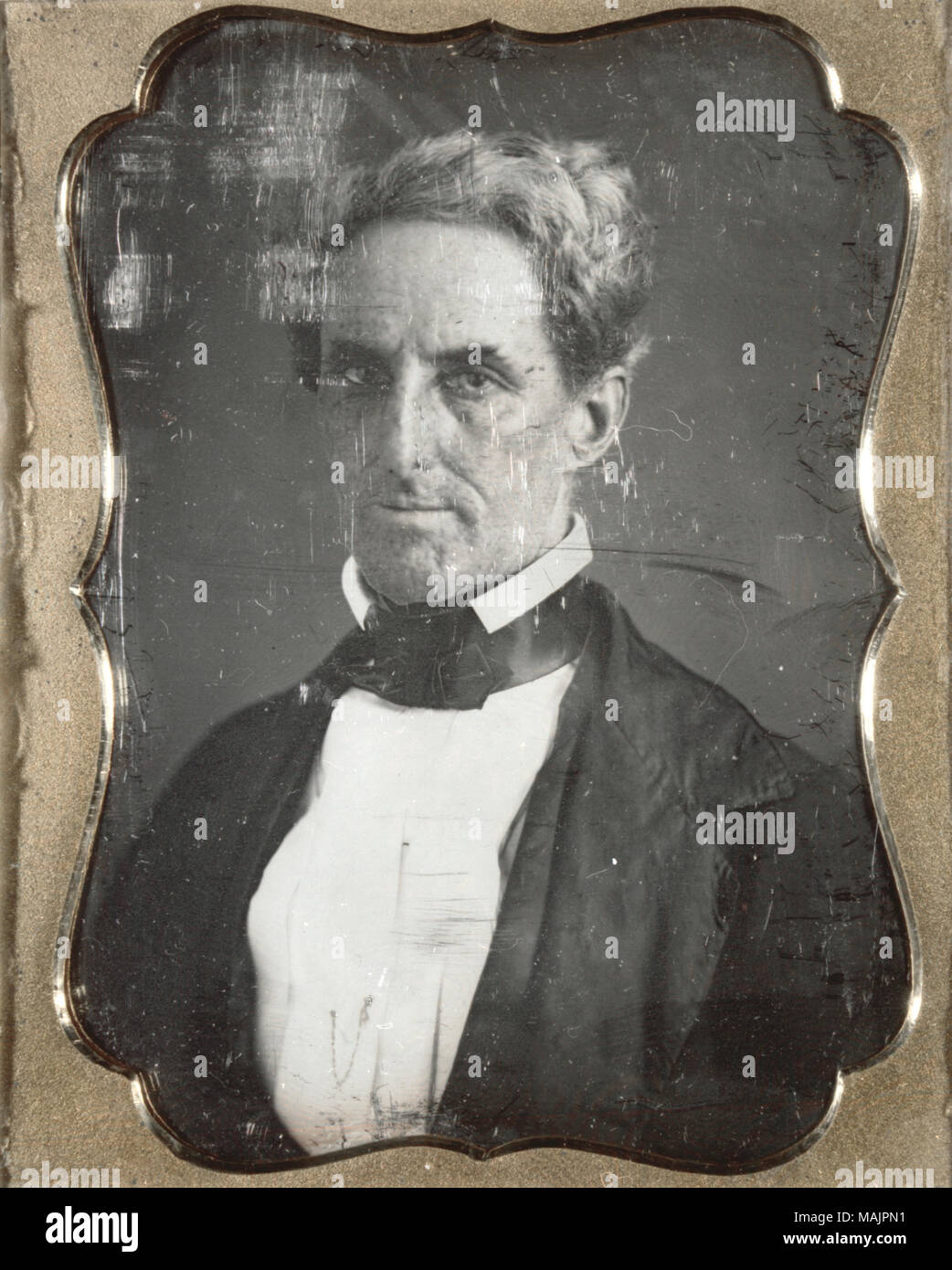
The Unyielding Stand of Sergeant Keemle: A Forgotten Hero of the Philippine-American War
In the annals of American military history, certain names blaze brightly – Washington, Grant, Patton. Yet, countless acts of extraordinary courage, performed under the most harrowing conditions, often fade into the periphery, their heroes remembered by few outside specialized circles. One such figure is Sergeant Charles Keemle, a soldier whose unyielding bravery during a brutal, often overlooked conflict earned him the nation’s highest honor, the Medal of Honor, and etched his name into the bedrock of American valor, even if his story is not widely recounted.
Born in 1872 in St. Louis, Missouri, Charles Keemle’s early life offered no grand premonition of the crucible that awaited him. Like many young men of his generation, he found himself drawn into military service as the 19th century drew to a close, a period marked by burgeoning American expansionism and a growing role on the global stage. Keemle enlisted in the 1st North Dakota Volunteer Infantry, a unit that would soon be thrust into the maelstrom of the Philippine-American War, a conflict that followed on the heels of the Spanish-American War and proved far more protracted and bloody than many Americans had anticipated.
The Philippine-American War, fought from 1899 to 1902, was a brutal guerrilla conflict. Following Spain’s cession of the Philippines to the United States after the Spanish-American War, Filipino revolutionaries, led by Emilio Aguinaldo, who had initially fought alongside the Americans against Spain, turned their resistance against their former allies, seeking full independence. The war was characterized by harsh jungle warfare, ambushes, and a stark cultural divide, leaving a complex and often painful legacy. It was in this unforgiving landscape that Keemle would forge his legend.

Keemle and his company, like many American units, found themselves engaged in relentless skirmishes, long marches through difficult terrain, and the constant threat of ambush. The enemy was often unseen, their tactics fluid and effective. It was a war that tested the limits of endurance, discipline, and courage. And it was on December 19, 1899, that Sergeant Keemle’s resolve would be tested beyond measure, in a small town called San Mateo, on the banks of the Marikina River.
The morning of December 19th dawned with an ominous quiet. Keemle’s company, part of a larger American force, was engaged in an operation near San Mateo. Their objective was to dislodge Filipino insurgents from the area. As the Americans advanced, they encountered fierce resistance. The situation quickly deteriorated, particularly for a small detachment positioned near a vital bridge crossing the Marikina River, overlooked by a decrepit stone church.
Under a relentless hail of fire, the American position became increasingly precarious. Casualties mounted, and the command structure began to unravel amidst the chaos. It was at this critical juncture that Sergeant Charles Keemle, then a member of Company B, 1st North Dakota Volunteer Infantry, stepped forward. Without direct orders, seeing the desperate situation and the need for decisive action, Keemle took command of the beleaguered detachment.
His citation for the Medal of Honor vividly describes his actions: "While in a most exposed position on a bridge and under a galling fire, and at the risk of his own life, Keemle went to the assistance of a wounded comrade, who was almost disabled, carried him to a place of safety, and returned to his company, which, under his direction, maintained a tenacious defense, with a few men, against a greatly superior force."
The image conjured by these words is one of almost unimaginable bravery. Picture the scene: the narrow bridge, a death trap, exposed to enemy fire from multiple directions. Rifle shots cracked, bullets whizzed, and the air was thick with the acrid smell of gunpowder. In this maelstrom, with the instinct of a true leader, Keemle prioritized the life of a fallen comrade. He didn’t hesitate. He plunged into the open, a target for every enemy rifle, to retrieve the wounded soldier. This act alone would have been enough to mark him as exceptionally brave.
But Keemle’s heroism didn’t end there. After successfully bringing his comrade to safety, he returned to the fight, not just as another rifleman, but as the de facto commander of his embattled unit. Under his direction, the handful of American soldiers, facing a numerically superior Filipino force, managed to hold their ground. He rallied them, organized their defense, directed their fire, and instilled in them the will to fight on against overwhelming odds. His leadership, composure, and unwavering resolve prevented a potential rout and allowed the rest of the American force to consolidate their position and eventually prevail.
The tenacity of Keemle and his men was a testament to the raw courage demanded by the Philippine-American War. The battle for San Mateo was fierce, with heavy casualties on both sides, including the death of the American commander, Colonel John M. Stotsenburg, who was killed earlier in the engagement. In the aftermath, as the smoke cleared and the full scope of the fighting became apparent, Keemle’s extraordinary actions were recognized.
On March 11, 1902, Sergeant Charles Keemle was awarded the Medal of Honor, the highest military decoration in the United States, "for conspicuous gallantry and intrepidity at the risk of his life above and beyond the call of duty." The Medal of Honor is not given lightly; it is reserved for those who distinguish themselves by "gallantry and intrepidity at the risk of life above and beyond the call of duty" while engaged in action against an enemy of the United States. Keemle’s actions at San Mateo undeniably met this stringent criterion.

Keemle’s valor was not a singular event in an otherwise unremarkable career. Following his service in the Philippines, he continued to serve his country, taking part in another significant military intervention of the era: the Boxer Rebellion in China. The Boxer Rebellion, from 1899 to 1901, was an anti-foreign, anti-colonial, and anti-Christian uprising in China by the Society of Righteous and Harmonious Fists, or "Boxers." An international force, including American troops, was dispatched to protect foreign nationals and quell the uprising. Keemle, a seasoned veteran by this point, once again demonstrated his commitment to duty, serving with distinction in this complex and dangerous theater.
After his active military career, Charles Keemle settled into a quieter life, far removed from the battlefields of Southeast Asia and China. He passed away on March 27, 1928, at the age of 55, and was laid to rest with full military honors in Arlington National Cemetery, Section 18, Grave 4529. His grave marker, like those of countless other heroes, stands as a silent testament to a life of service and sacrifice.
Charles Keemle’s story, though not as widely known as some, serves as a powerful reminder of the human element in conflict. It underscores the fact that history is not just a collection of dates and geopolitical shifts, but a tapestry woven with individual acts of courage, sacrifice, and leadership. His unyielding stand at San Mateo, retrieving a wounded comrade under a hail of bullets and then rallying his men against overwhelming odds, epitomizes the very essence of military valor.
His legacy also speaks to the nature of heroism itself. It is not always about grand strategies or sweeping victories, but often about the small, critical moments where an individual chooses duty over fear, action over inaction, and the welfare of others over personal safety. Keemle’s decision to take command, to risk his life for another, and to inspire his dwindling unit, fundamentally altered the course of that engagement and saved lives.
In an era where the Philippine-American War itself is often relegated to a footnote in history textbooks, overshadowed by other conflicts, the personal stories of its participants become even more vital. Charles Keemle stands as a representative of the thousands of American soldiers who fought with bravery and endured immense hardships in that distant land. His Medal of Honor is not merely a medal; it is a narrative, a testament to a man who, when faced with the ultimate test, stood unyielding, embodying the highest ideals of courage and selflessness. His name may not echo through every classroom, but in the hallowed grounds of Arlington and in the hearts of those who understand the true cost of freedom, Sergeant Charles Keemle’s stand remains an enduring beacon of heroism.


